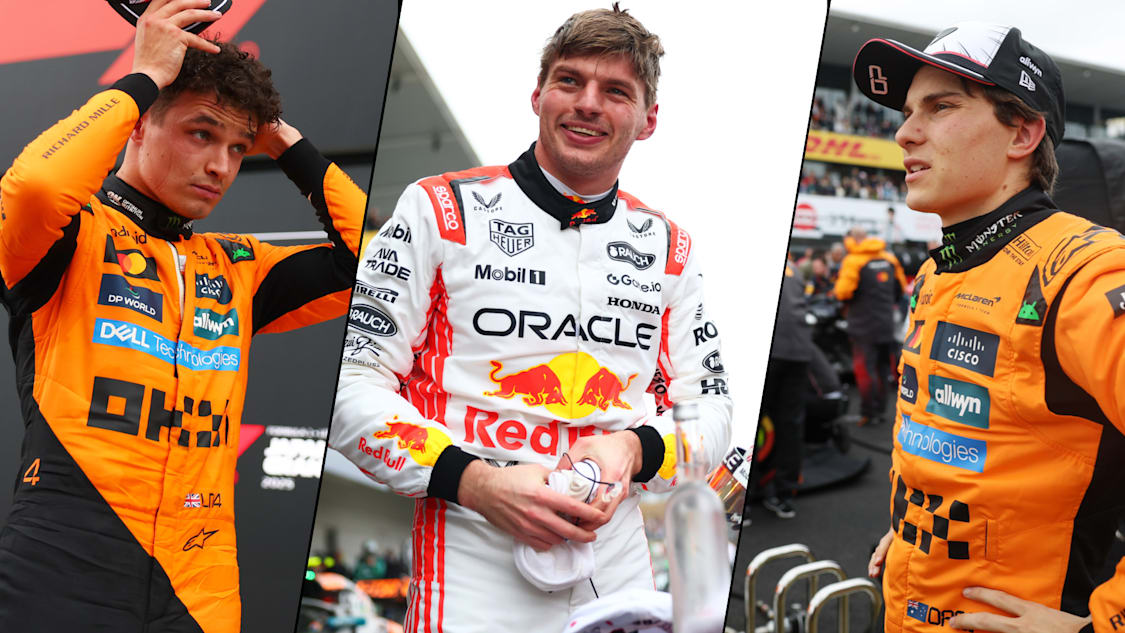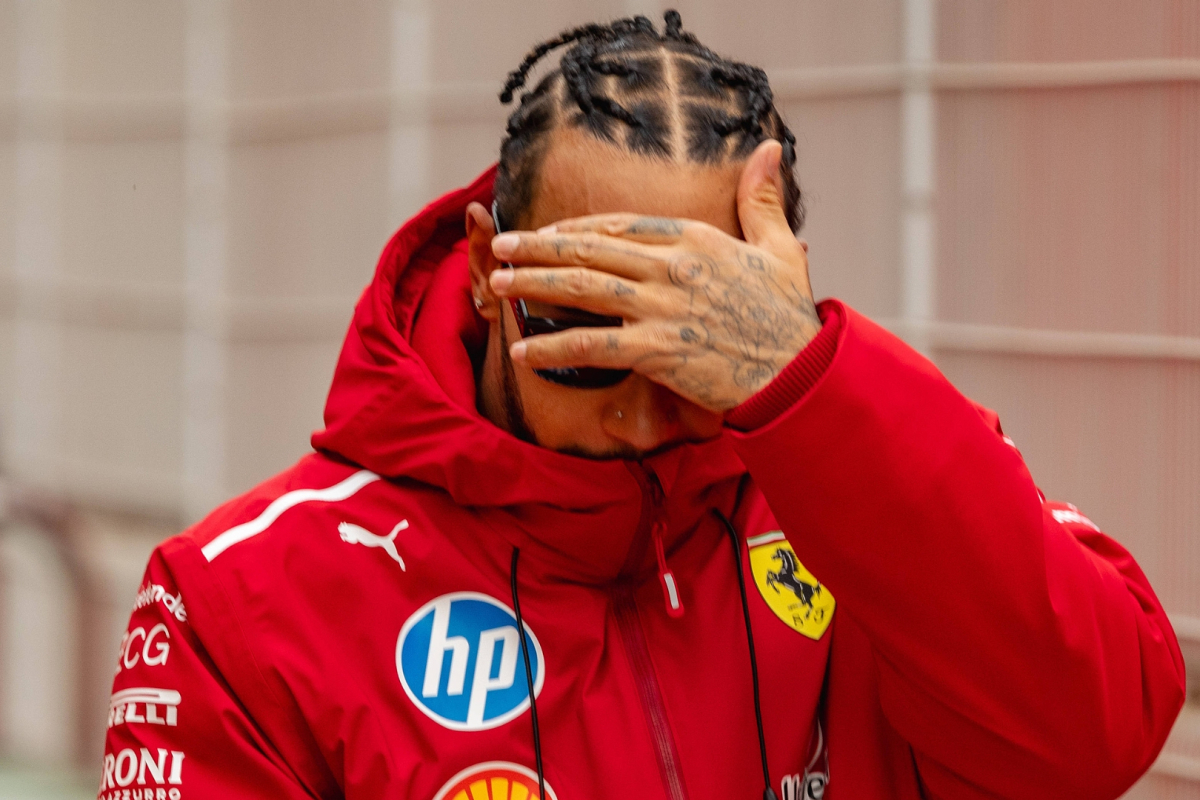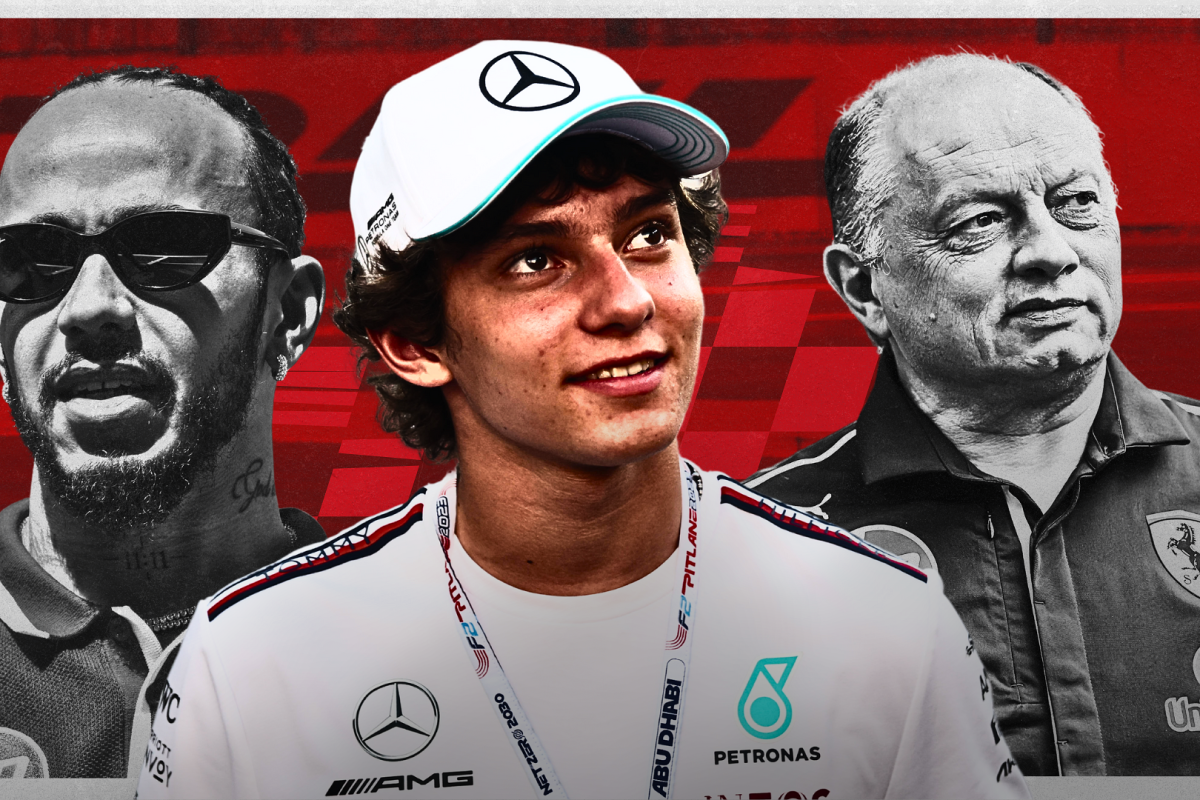Monday Morning Debrief: Could McLaren Have Stopped Verstappen’s Victory in… Read More
Looking at the race from a high-level perspective, there is a case to be made that McLaren may have had the opportunity to challenge Max Verstappen’s win at the Japanese Grand Prix had they employed a different race strategy. The performance of Lando Norris, in particular, during the race suggests that McLaren was well-positioned to apply pressure to Verstappen, who eventually went on to claim victory. As the race unfolded, Norris was within striking distance of Verstappen, running just 1.5 seconds behind the Red Bull driver, but McLaren’s decision-making in terms of pit strategy may have undermined their chances.
The turning point came as the pit stops loomed for the front runners. With the first round of pit stops approaching, Norris was in a relatively strong position to challenge Verstappen. He was consistently close to the Dutch driver and appeared capable of keeping the pressure on. However, McLaren opted to bring Norris in for his pit stop on the same lap as Verstappen. This decision would prove to be a pivotal moment, one that ultimately helped Verstappen maintain his lead.
After both drivers completed their pit stops, Norris had emerged from the pit lane alongside Verstappen, but despite briefly being side by side as they rejoined the track, Norris was unable to make a move. Verstappen, despite being in the vulnerable position of rejoining the track with cold tires, was able to retain his advantage and quickly pulled away from Norris once they had navigated the opening corners after their pit stops. This marked the moment when Norris, despite being close at one point, was no longer able to challenge Verstappen effectively for the remainder of the race.
In hindsight, it’s easy to argue that McLaren could have approached the situation differently. If McLaren had made the decision to bring Norris in for his pit stop just a lap earlier than they did, it is possible that he could have emerged in front of Verstappen after the stop. This earlier pit stop would have allowed Norris to capitalize on a fresher set of tires while Verstappen was still navigating the in-lap of his own stop. Given that Norris had been maintaining a close gap to Verstappen and was gaining in sectors, it is conceivable that an earlier stop could have given him the opportunity to overtake Verstappen as they rejoined the track.
However, McLaren’s strategy was built on a one-stop approach, which had its merits in terms of tire management and minimizing time lost in the pits. Their decision to stop on the same lap as Verstappen may have been influenced by the need to maintain track position and reduce the chances of Verstappen pulling off an undercut. The strategy was not entirely flawed, and it is worth noting that the pace difference between the two drivers was not substantial enough for Norris to make an outright pass before the stops.
Another factor to consider is the general dominance of Verstappen and Red Bull this season. Even though McLaren had shown impressive improvements in recent races, Verstappen and Red Bull have consistently demonstrated an ability to manage their race pace and defend their position, even under pressure. Once Verstappen emerged ahead after the pit stops, he was in a position to control the race and manage his tires effectively, as he has done throughout the season. Norris’ inability to overtake Verstappen after the pit stops was not entirely down to strategy; it also reflected the superior performance of the Red Bull car, which had an edge in terms of tire management and race pace.
It’s also important to acknowledge that racing is often a series of unpredictable factors. While it’s tempting to second-guess strategy decisions in hindsight, the reality is that multiple variables come into play, including the performance of both cars, tire degradation, and the behavior of other competitors. McLaren’s race pace and Norris’ driving were certainly strong, but Verstappen and Red Bull’s consistent superiority in this season meant that even slight mistakes or missed opportunities, like the pit stop timing, can cost teams like McLaren a chance at victory.
In the end, McLaren did not make a catastrophic error in strategy, but there is a strong argument to be made that a different approach might have given Norris a better shot at challenging Verstappen. An earlier pit stop could have potentially allowed Norris to undercut Verstappen and emerge ahead after the stops, giving him the track position needed to fight for the win. Nonetheless, Verstappen’s ability to fend off any challenge after the pit stops and his consistent pace in the second half of the race ensured that McLaren’s strategy was not enough to overcome the dominant performance of the Red Bull driver.
Ultimately, the race at Suzuka was a testament to Verstappen’s skill and the strength of Red Bull’s package, while also highlighting the challenges McLaren faces in trying to break the stranglehold of Verstappen’s dominance this season. While strategy played a role in the outcome, it was the overall performance gap between the two teams that proved to be the deciding factor.


